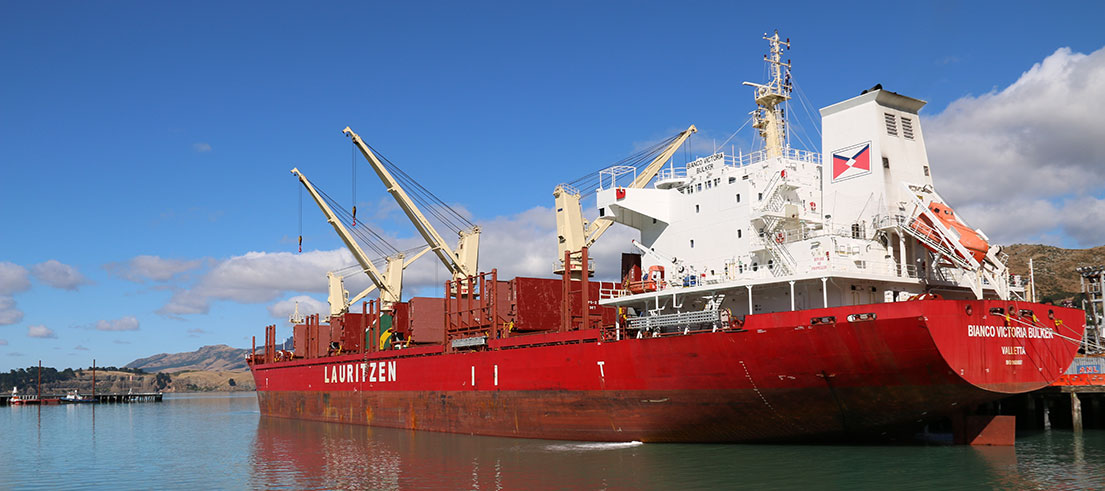
Summit explores the future of South Island freight
Some of the biggest challenges and opportunities facing South Island freight movement have been put under the microscope at a recent South Island Freight Summit.
The meeting, held virtually on 28 March, was attended by the South Island Regional Transport Committee chairs and deputy chairs, the chairs and chief executives of South Island regional councils, council transport staff, and Waka Kotahi NZ Transport Agency.
South Island freight is projected to increase substantially, with 117 million tonnes forecast to be carried annually in 2042 - compared with 69.3 million tonnes in 2012. According to the Draft South Island Freight Plan (2015), the fastest growing commodities (by weight) were liquid milk and manufactured dairy, aggregate, general freight and limestone, cement and fertiliser.
Elected members across the South Island want to work more collaboratively and effectively on freight movement - and the summit was an important first step towards achieving that goal.
Greener freight movement
Environment Canterbury Chair Jenny Hughey attended the event and said freight must stay top-of-mind when considering climate change.
"We've got to think about how everyone across the sector can work together to reduce carbon emissions."
The summit picked up on previous work undertaken at a South Island level, including the Canterbury Mayoral Forum (CMF) freight tour in 2021, and comprised mostly of presentations and panel discussions.
Guest speakers included representatives from the Ministry of Transport, Lyttelton Port Company, Swire Shipping, KiwiRail, Ngāi Tahu Holdings Ltd, Sorted Logistics, Wareing Group and Hiringa Energy.
Topics centred on the need to decarbonise freight (as much as 40 per cent of road transport greenhouse gas emissions in Canterbury can be attributed to freight movement), freight resilience and freight efficiency - after COVID-19 exposed vulnerabilities and inefficiencies in supply chains.
Understanding the future of freight
Chair of the South Island Regional Transport Committee Chairs Group, Councillor Stuart Bryant of Tasman District Council, says attendees came away with a broad overview of the South Island freight sector (road, rail, coastal shipping and ports). He says the event put a stake in the ground for further advocacy and collaboration, including input into a National Freight and Supply Chain Strategy.
"We now have a better grasp of what is needed both collectively, and for each region. One of the key takeaways from the summit is the need to make greater use of rail and coastal shipping, and to work more effectively across transport modes."
The summary of outcomes from the summit will be reported to the next meeting of the South Island Regional Transport Committee Chairs in May 2022.
Freight facts:
- The projected growth for South Island freight equates to an additional 1.7 million truck trips per year in 2042, compared with 2012. (Draft South Island Freight Plan, 2015)
- Nationally, heavy vehicles contribute around a quarter of transport emissions in Aotearoa, despite representing just six per cent of vehicle kilometres travelled on NZ roads. (Green Freight Strategic Working Paper 2020, NZ Ministry of Transport)
- Transporting freight by rail typically generates around 66 per cent fewer emissions than heavy road freight. (The Value of Rail in NZ 2021, Kiwirail)
- The Draft South Island Freight Plan (2015) showed that Canterbury accounted for approximately half of the total freight moved around the South Island.
